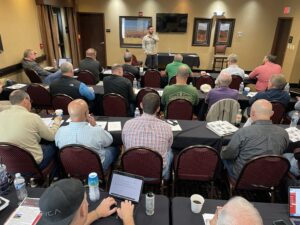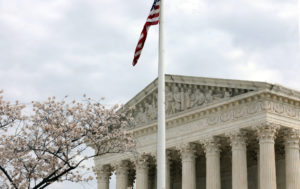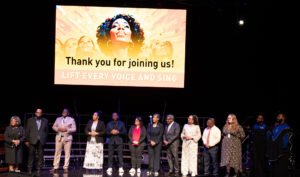
SAN FRANCISCO (BP)–Injunctions issued by three different judges Nov. 5-6 appear to have prevented enforcement of the Partial-birth Abortion Ban Act for most of the nation.
The latest injunction came Nov. 6 from San Francisco, where U.S. District Judge Phyllis Hamilton issued an injunction preventing the bill from applying to 900 Planned Parenthood clinics nationwide, according to the Associated Press.
In New York, U.S. District Judge Richard Casey issued a similar injunction Nov. 6, preventing the law from applying to members of the National Abortion Federation, which claims its doctors perform half the abortions in America.
U.S. District Judge Richard Kopf of Nebraska issued the first injunction the same day the ban was signed Nov. 5. His injunction applies to four doctors who are licensed in 13 states.
Jay Sekulow, chief counsel of the American Center for Law and Justice, said on his radio program Nov. 7 that the three injunctions “collectively” have resulted in a “pretty broad-based ban” on the law. The ACLJ is fighting to defend the law.
“This is not any great surprise,” Sekulow said of the injunctions. “We expected this to happen.”
The legal battle is “going to be a long fight,” he said. “I think we all need to be prepared for the long haul here.”
Meanwhile, pro-choice organizations are mobilizing not only to overturn the ban but also to raise funds and recruit members. The website of NARAL Pro-Choice America — formerly the National Abortion and Reproductive Rights Action League — has a picture of President Bush signing the photo along with the caption: “Get mad. Get active.”
To accomplish a partial-birth abortion, the abortion doctor partially delivers the baby — feet-first — but keeps the head in the birth canal. The doctor then punctures the baby’s skull with a sharp instrument and suctions out the brain. Now dead, the baby then is fully delivered.
The Justice Department issued a statement Nov. 6 saying it will “continue to strongly defend the law prohibiting partial-birth abortions using every resource necessary.”
The department also posted a portion of its legal briefs opposing the injunctions.
“When the physician begins this procedure, she appears to be acting in the role of an obstetrician assisting a live delivery, in which she has a duty to care for both the fetus and the woman,” the brief reads. “Indeed, ‘at this juncture, the fetus is merely inches from being delivered.’
“… Suddenly, however, the physician switches roles and kills the fetus, typically by stabbing the base of the fetal skull with scissors, enlarges the opening, and suctions out the skull contents, killing the fetus. The physician acts directly against the physical life of a fetus whom she has previously delivered, in large part, out of the body of the mother.”
The ban does not outlaw other abortion procedures, as opponents contend, the justice department argues.
“The scope of the restriction enacted by Congress is narrow: it applies to one method of abortion, performed on a living fetus deliberately delivered to a point that is outside of the mother’s body before it is killed by a separate act,” the brief reads. “This procedure is markedly different from, and cannot reasonably be compared to, other common abortion methods, which are characterized by either suctioning the womb, dismembering the fetus, or inducing labor.”
The baby feels pain during partial-birth abortion, the Justice Department legal brief asserts.
“[U]nborn infants at this stage can feel pain when subjected to painful stimuli and that their perception of this pain is even more intense than that of newborn infants and older children when subjected to the same stimuli,” it reads. “Thus, during a partial-birth abortion procedure, the child will fully experience the pain associated with piercing his or her skull and sucking out his or her brain.”
–30–















